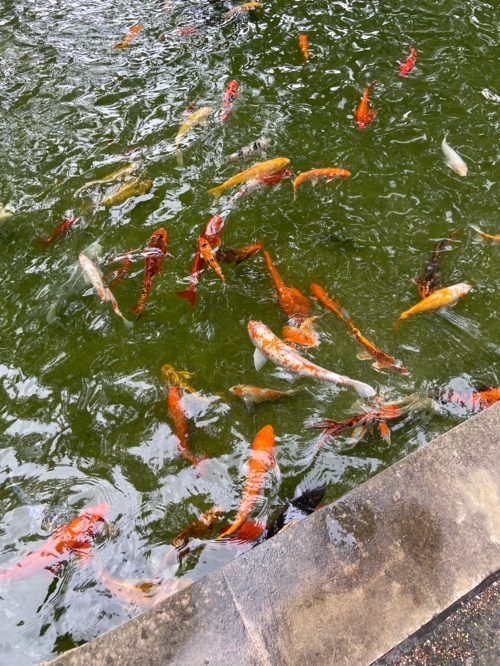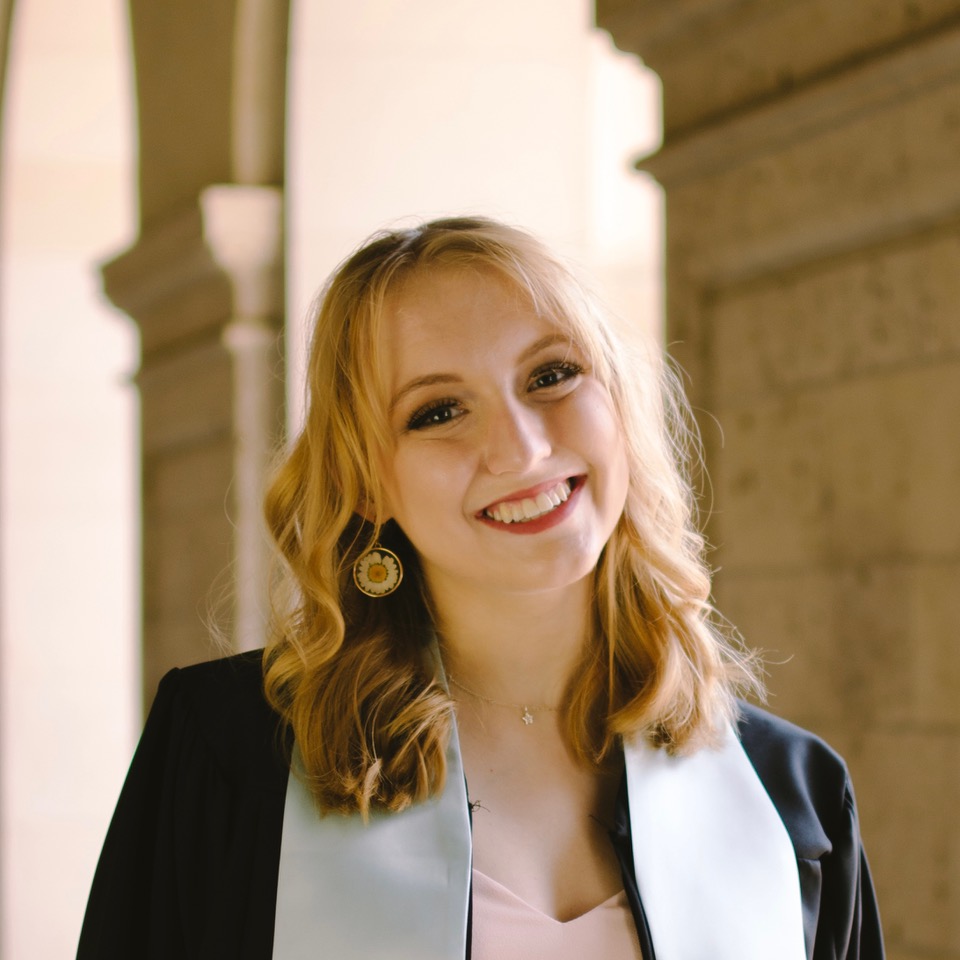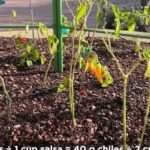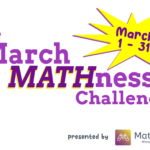After visiting all these places, I wanted to understand a little bit more about how to create my own walkSTEM stop. So, I went to a place in the Arboretum where I love to sit and watch – the koi pond at the Lay Family Garden and used the simple methods freely available on the talkSTEM website to design my own walkSTEM stop! Visit talkSTEM.org and click on the walkSTEM tab, then click on “Create Your Own walkSTEM”.

The first step in creating a stop is to sit, notice, and observe. I personally love the koi fish, so I didn’t have much of a problem with looking and observing for a while. The next step is to brainstorm questions based on what you observe.
Here were a few of my questions:
- What causes the different sizes of koi fish? What about their different colors and patterns?
- Does their behavior change based on the weather?
- How many gallons of water are needed to support specific amounts of fish?
- How do shapes of fins impact how the fish swim?
- How does the structure (shape and movement) of fish resemble designs of human watercraft?
The next step would be to curate and choose a question to expand upon. For a Math Walk stop, it’s best to use a question that you can respond to based upon what is observable right where you are. That rules out questions 1 and 3 although I could of course adjust the question so it is answerable right where I am without the need for a tone of additional research or setting up complex experiments (not that those are bad things to do!). So for my first and third questions, I would change these in order for them to be observation-based and answerable right there and then.
Revised questions:
- How many different sizes of koi fish are there and what are some good estimates of their lengths? How many and which colors and patterns do I see?
- About how many gallons of water are in the pond?
I would likely pick either the third or fifth question – both topics I’d be interested in learning more about and could lead to new recognition of math and design in nature. After this, the final step would be to design what exactly participants would do and gather during the stop in order to answer the question posed. My question about gallons of water could be answered through figuring out the volume of the fish pond. For my question about using the structure of a fish, I would have participants compare images of boats to the koi fish to connect how designers use techniques found in nature to influence their designs.
Going through the Math Walk at Dallas Arboretum was fun. To me it was a combination of being localized to specific spots in the gardens but also, it opened my eyes to view the rest of the gardens and of the world in a more mathematical sense. It makes taking a walk anywhere fun and it makes math fun! I can’t help but imagine a student, uninterested in math, using this as a tool to see math from a different perspective. If you catch me walking around other areas of Dallas with a notebook, pencil, and ruler, know that I’m probably following other Math Walk videos to appreciate math even more! Check out the Math Walks and walkSTEM tours in a host of other places in Dallas – you can visit (virtually or in-person) a wide variety of neighborhoods, malls, museums, zoos, and community spaces! If you are going on an in-person walk, you can download the free Otocast app and search for walkSTEM to view the long list of app-guided math and STEM walks you can go on. All you need is your curiosity and a pair of comfortable walking shoes!

About the Contributor:
Anna Pickett is a theatre-maker and educator originally from Dallas, Texas. She holds a Bachelor of Science in applied learning and development from The Universtiy of Texas at Austin. Her focus involves creating immersive and impactful experiences for children and families, both in theatrical and museum settings.


